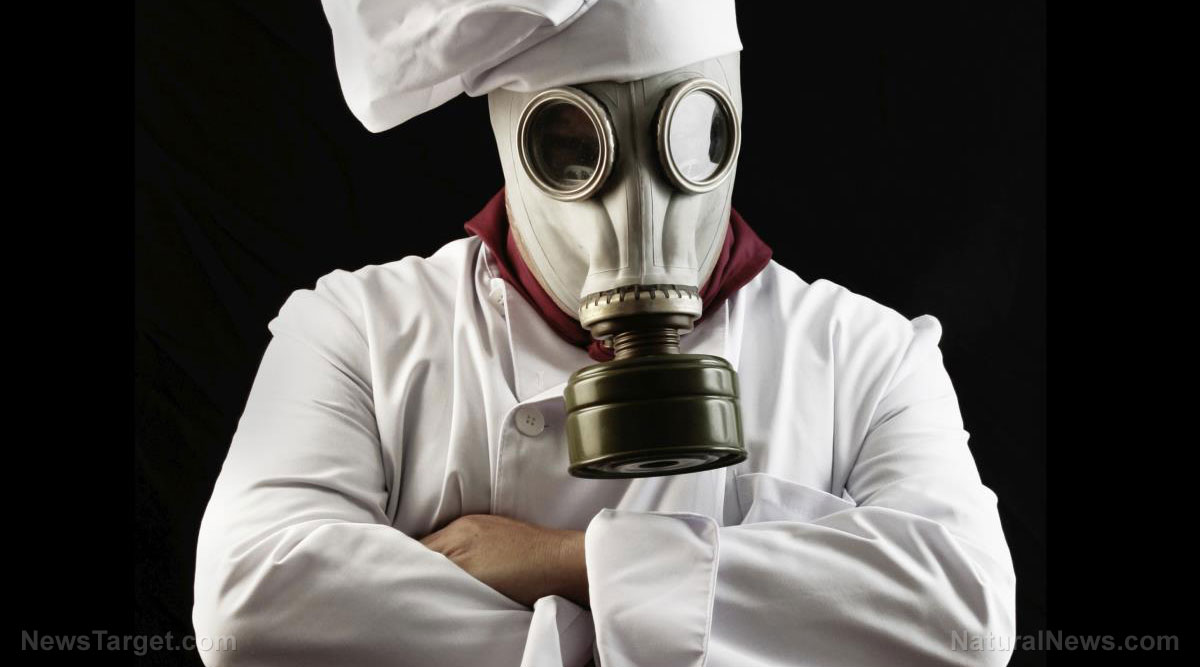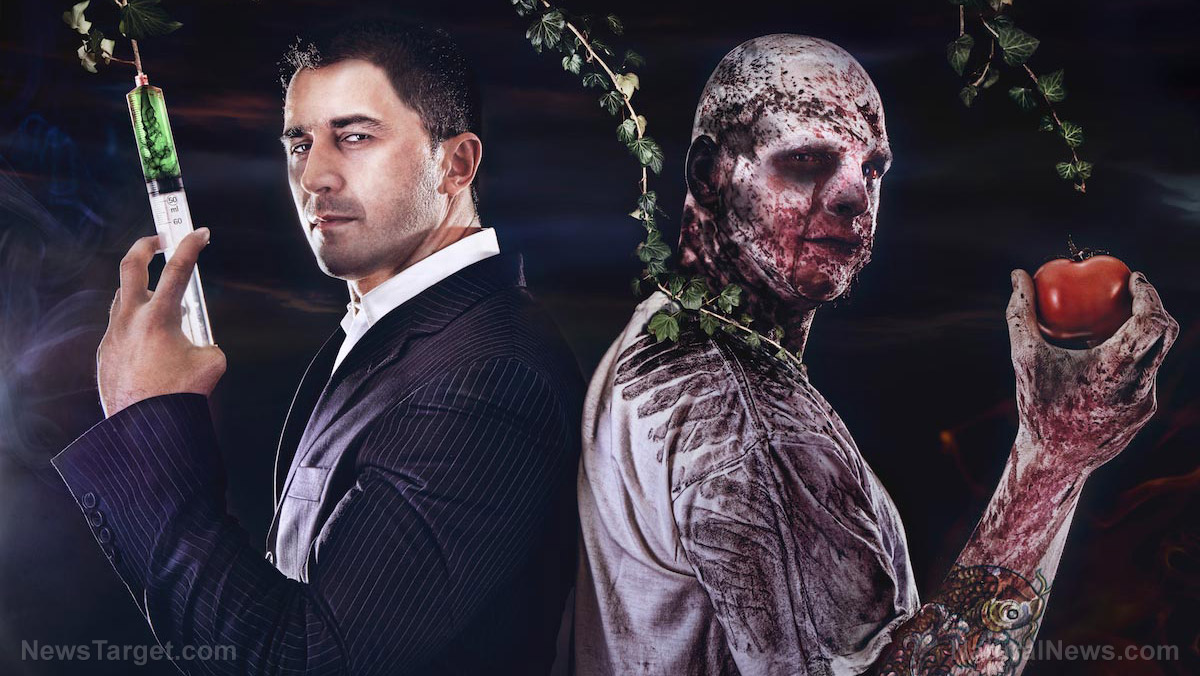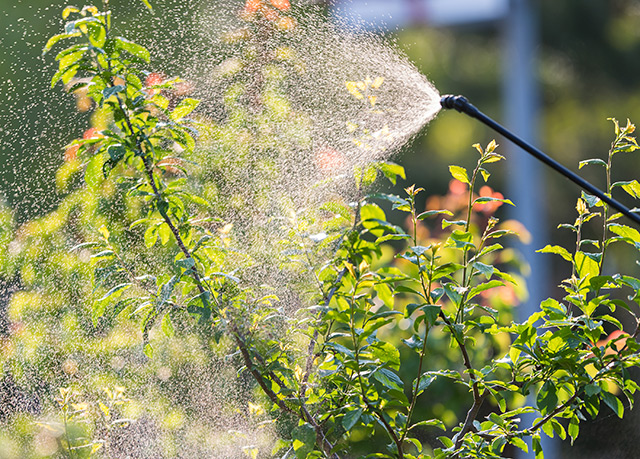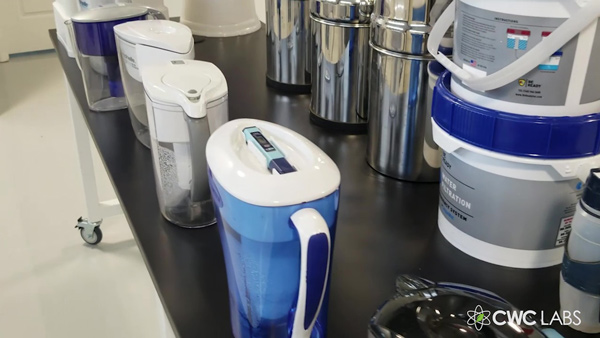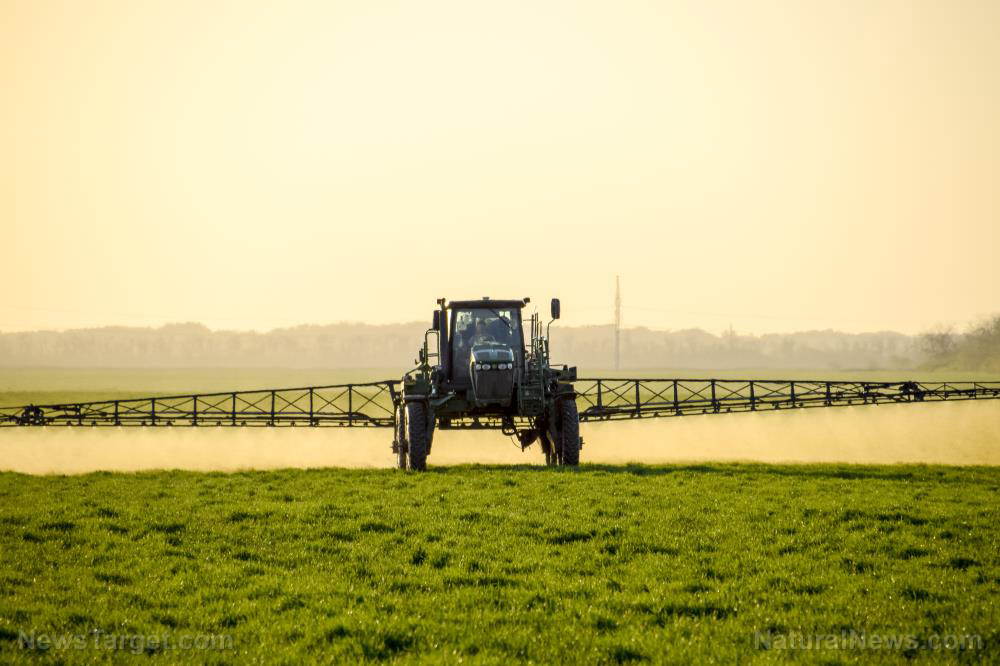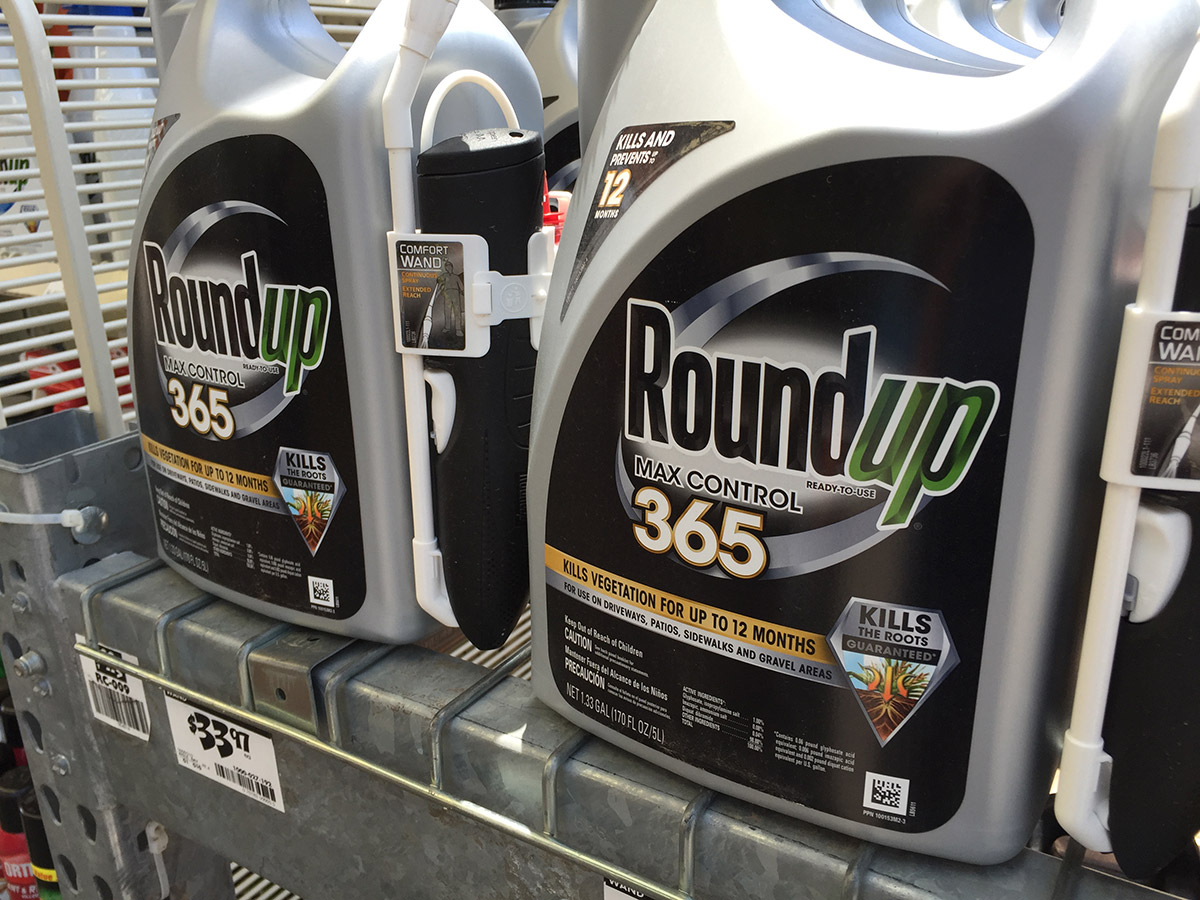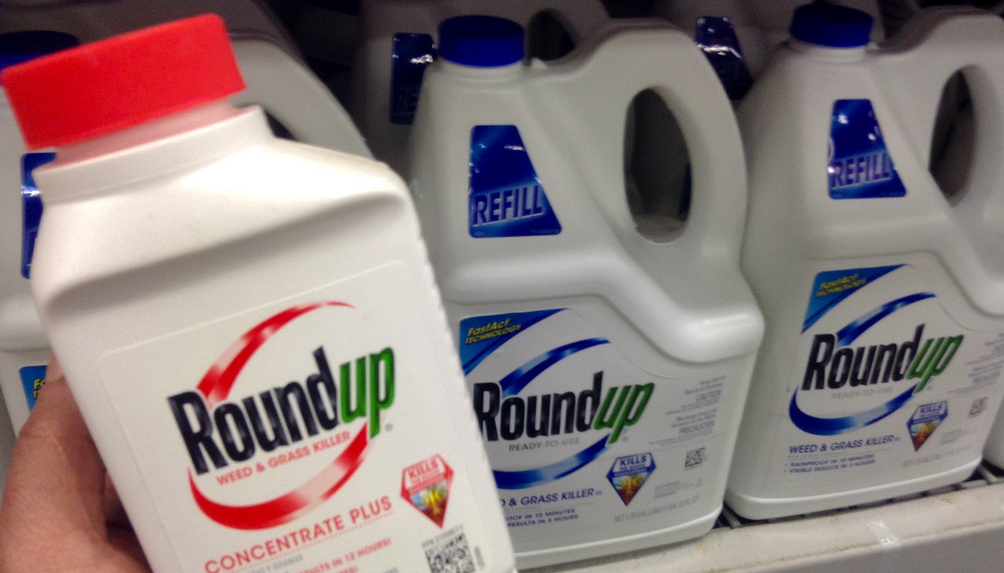Flawed testing and compromised regulatory agencies have conspired to keep harmful pesticides on the market
07/12/2018 / By Isabelle Z.

Even in 2018, as we have more access to information than ever before, some people seem willing to give pesticides the benefit of the doubt. They can’t be that bad, they reason, or they never would have gotten approval. Surely there are tests that show they’re not as dangerous as people think, right?
The answer is yes. There are indeed tests that show pesticides are relatively safe. However, a closer look at these studies reveals what a sham they are. One of the biggest offenders is the Industrial Biotest facility, or IBT, which was founded by Joseph Calandra in 1953.
This lab was tasked with testing pesticides and drugs not only for private firms, but also federal and state governmental departments. They tested hundreds of these chemicals in the 1950s through the 1970s.
Unfortunately, the operation was far from legitimate. Calandra established it with the goal of becoming wealthy, but it was fraudulent in many respects. Rather than a tidy, serious place, it was full of filth and corruption, according to Evaggelos Vallianatos, who writes that the animals were a front and the scientists working there were little more than props. Vallianatos should know; he worked in the EPA’s Pesticide Division for 25 years.
Animals were given food laced with the chemicals that were trying to gain governmental approval, but if they developed cancer, tumors, or other diseases, those carrying out the testing simply got rid of them. The technicians also invented data to help speed the studies along, according to Vallianatos, who was good friends with the pathologist who blew the whistle on IBT, Adrian Gross.
By the time it was raided by federal agents in 1976, the lab had tested approximately 40 percent of the country’s pesticides. It was shut down by the EPA in 1983, as were several other similar labs.
How many of the chemicals that were prevalent at the time – and how many of those that are still widely in use or circulation today – gained approval from studies at this lab using nefarious means? How many chemicals that have been ostensibly “cleared” actually caused adverse effects in study animals but were covered up? And how many other IBT-like labs are out there still pulling the wool over everyone’s eyes?
According to Vallianatos, the “swamp tradition” of testing chemicals like pesticides is still going on today, and that’s precisely why the evidence companies put forth to defend these products is unreliable at best. It recently came to light in legal proceedings against Monsanto on behalf of cancer patients that its top-selling weed killer, glyphosate, came from IBT.
One of Monsanto’s own scientists admitted as much in an email to a colleague, writing: Many tox[icological] studies for glyphosate had been done at a lab (IBT – Industrial Biotest) that FDA / EPA found to generate fraudulent data back in the 1970s.”
How are they getting away with this?
The reason these companies can get away with this is simple: The pesticide laws allow businesses to test their own products.
Monsanto has long been playing fast and loose with the facts in order to make its products appear safe. Glyphosate is a huge money maker, and they’ll stop at nothing to protect it. They use their considerable wealth to get politicians on their side. They’re in bed with the EPA. They ghostwrite articles and convince academics to put their name on it. They discredit scientists who are brave enough to speak out and show how dangerous their products are, and they pull out all the stops in PR campaigns to convince the public their pesticides aren’t harmful. It’s pretty easy to get away with poisoning the masses when all the odds are stacked in your favor!
Sources for this article include:
Tagged Under: Collusion, conspiracy, corruption, deception, EPA, Evaggelos Vallianatos, food safety, glyphosate, IBT, Lab Testing, Monsanto, poison, public safety, regulators, toxic chemicals, toxins


